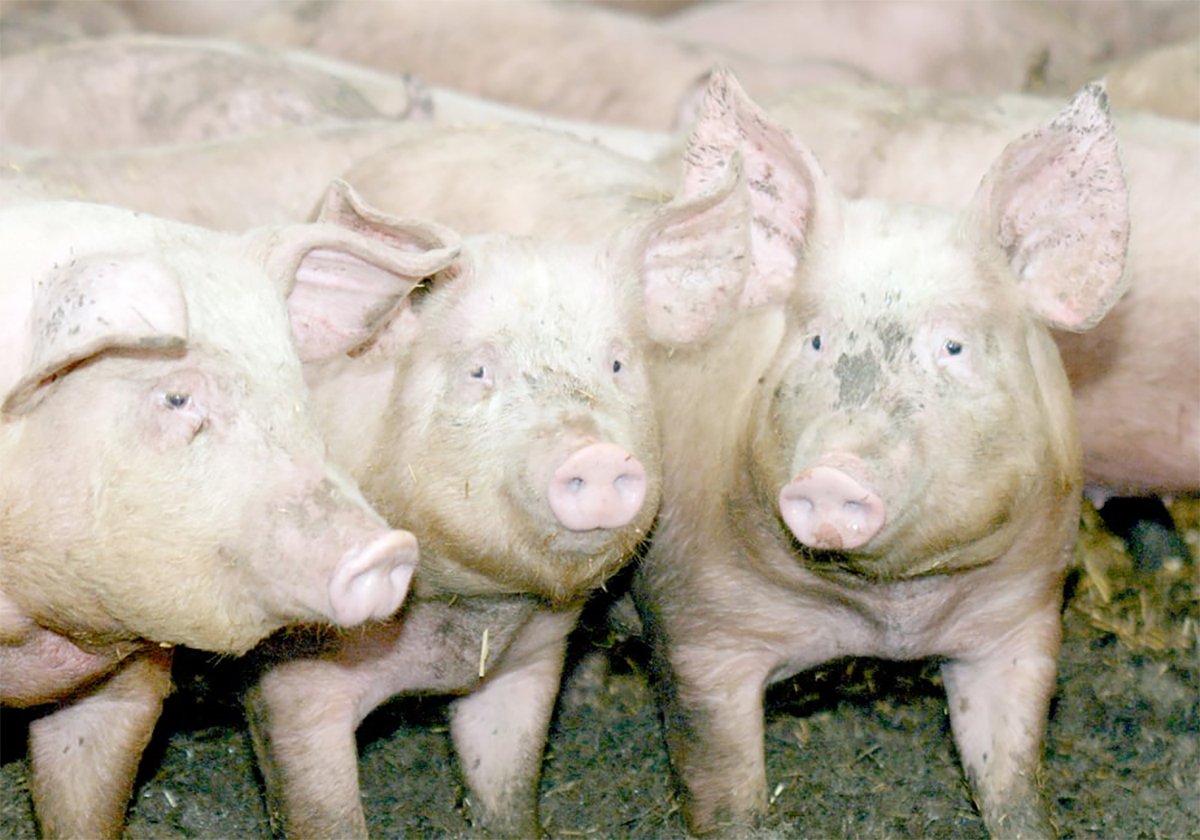The stigma attached to owning the original cow that tested positive for BSE is something Mel McCrae will carry forever.
“It’s something we’re going to live with for the rest of our lives,” said McCrea, of Baldwinton, Sask., which the Canadian Food Inspection Agency staff said was the original home of the Black Angus cow confirmed with BSE.
“No matter if we did something wrong or right, the CFIA said it started here and that’s what we’ve got to live with,” said McCrea two years after BSE was discovered in a northern Alberta cow that had once originated from his herd.
Read Also

The Western Producer Livestock Report – October 2, 2025
Western Producer Livestock Report for October 2, 2025. See U.S. & Canadian hog prices, Canadian bison & lamb market data and sale insight.
When BSE was discovered, agriculture officials loaded up his 250 Black Angus cattle and took them away to slaughter, where the animals’ brains were tested for the disease. McCrea’s cattle were among more than 2,700 cattle that were slaughtered as investigators tried to track down the source. None of the animals tested positive.
The family was paid for the cattle, but the stress of knowing the BSE positive animal originated from the farm has been hard to live with, he said.
“I don’t know if you can put a dollar figure on it. You make yourself keep going on. It’s pressure on you and how do you put a dollar figure on that? It’s never easy.”
To avoid paying income tax on the money he was paid for the cattle, McCrae has bought 50 heifers over the past two years. This spring, he calved 50 young heifers.
“Calving all these two-year-old heifers this spring. It’s a new herd you know nothing about. It wasn’t bad, but it wasn’t simple neither,” said McCrae, who questioned whether the family should stay in agriculture.
In the two years since the BSE discovery, the price of cattle, especially animals over thirty months of age has dropped dramatically. Cull cattle that were once bringing $1,000 before BSE are lucky to fetch $200.
Other farmers getting little money for their cull animals have no support for McCrae or the stress he’s gone through, he said.
“Zero. I’ve been told lots of times I’m one of the lucky ones. We got our cows sold and were paid good money, then we don’t have no problem, but they don’t know the whole story.”
When a dairy cow from Washington state that tested positive for BSE was traced back to Wayne and Shirley Forsberg’s farm in Calmar, Alta., in January 2004, the family arranged a news conference. They did not want to be the centre of a media search for the original owner of the second animal.
The family had sold their 111-head dairy herd two years earlier when Wayne lost parts of his limbs to meningitis. The family held a news conference, told their story, and have been out of the spotlight since.
The family now has some beef cattle, and like other cattle producers, have been trying to survive with low-priced beef, said Shirley.
“Nothing has changed that much because we still can’t sell our beef. It’s about the same,” she said.
“We’ve got our beef cattle and a lot of cull cows that should have been sold over the last two years.”
Marwyn Peaster, the northern Alberta farmer who owned Canada’s first diagnosed case of BSE in a cow later traced back to McCrae’s farm, could not be reached.
















